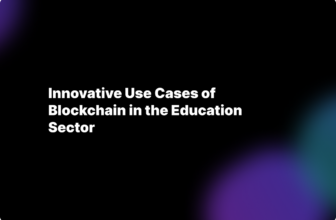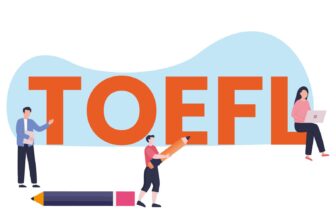
The rise of technology caused hefty changes in all aspects of our lives, including communication, finances, business, and education is not an exception. Considering the young generation’s high digital literacy, not using technology in education could be a big overlook.
On the contrary, it is improved and advanced, and new approaches in learning are emerging. Besides already conventional tools like tablets, laptops, and e-readers, more and more innovations are found in the classrooms that fascinate the students and even the teachers.
In this article, you will find out about five tech students’ innovations that are reshaping our everyday lives.
Table of Contents
1. Artificial Intelligence and Machine Learning
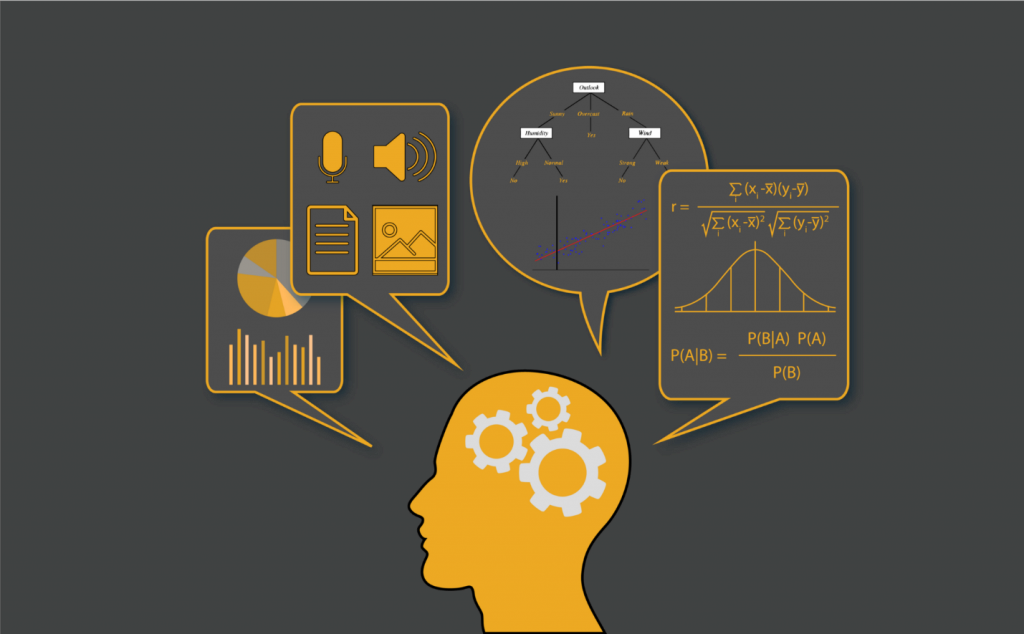
img source: hubspot.net
Even though AI cannot replace an actual teacher yet, it is widely used in education. One of the forms of AI is Machine learning, which is able to analyze data, make conclusions and decisions based on its algorithm. It’s widely used in our phones in apps like a camera that learn to recognize faces the more you use them. But AI in education has seemed like something impossible, until now.
Artificial intelligence is focusing on the individual learning needs of each student; that is why it is popular with large educational platforms. Today, it is possible to create a personalized course with instructions, feedback, and testing. So, a student can independently gain new knowledge with the help of AI.
The service is becoming more and more sensitive to feedback. At the moment, it is capable of analyzing students’ facial expressions, if granted access to the camera. If the student’s face indicates that the tasks are too complex, they can be adapted to a learner, personally or even get a AI article detector.
Unfortunately, artificial intelligence isn’t smart enough to do your assignments or write essays for you. However, there are websites like paperwritingservice, where professional writers are ready to help you at any time of the day or night. They write unique A-worth papers that will disappoint neither you nor your teacher.
2. Voice Recognition Technology
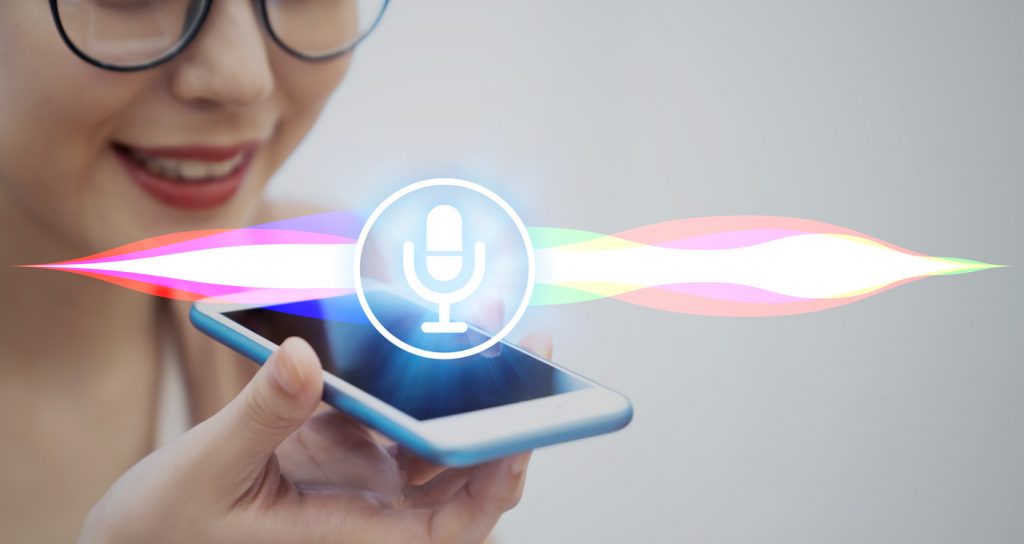
img source: guglytech.com
Voice assistants are now being integrated into education. They can already replace a teacher, especially in cases when students need answers to simple questions. It is quick and can be used at any time, any place. Many schools and colleges use voice assistants to help students with their schedules or remind of some arrangement information.
These tools are not only quick and comfortable but also engaging. Younger students often get enthusiastic when it comes to new tools or technologies, so they tend to ask more questions and listen more carefully to the answers. It becomes a game of sorts.
3. Virtual Reality
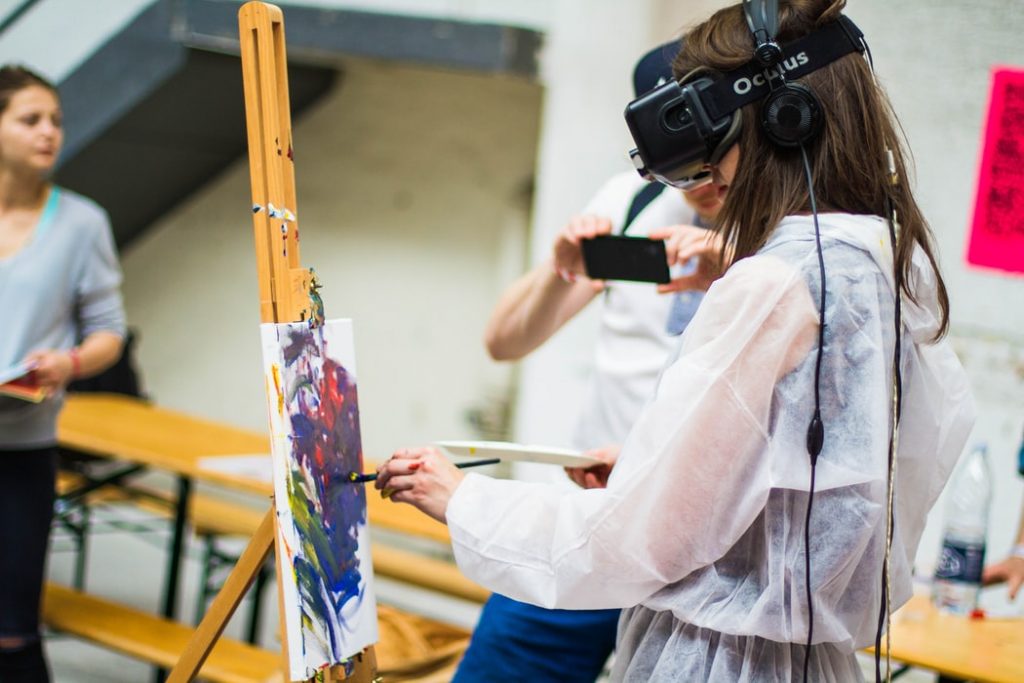
img source: unsplash.com
Schools and colleges are increasingly adopting VR in classes. A headset can take a student to distant places and times within seconds. The main advantage of the tool is safety and not needing to leave the classroom. No surprise that it is welcomed by learners. They gain new knowledge by experience instead of traditional methods that are often boring.
This tool engages and inspires triggers imagination, and, as a result, students are more motivated and do better. With the help of VR, students have a better understanding of something that used to seem complex. It improves creativity, as the more we see, the more we broaden our horizons.
One disadvantage of VR is the price; not all establishments can afford it. But it is still cheaper than real-life traveling, and the effect it makes on the class is tremendous. VR is a new leap in education and is potentially quite effective.
4. Cloud Computing

img source: thebalancesmb.com
The main advantage of cloud computing is that it’s easily accessible and affordable for everyone. This tool is being implemented in education and it has already become a source of good for students and teachers alike. Never before learning was so comfortable when everyone can learn and collaborate while being in different places. This is especially vital now that the pandemic has swept across the world, locking people at their homes.
When it comes to sharing resources, materials, or notebooks, instead of bringing them to each other, arranging the time and the place of meeting, one can simply upload the files to the cloud. No more heavy textbooks, long commuting, and printable assignments. A teacher can hand out a paper in one click, and a student’s bookshelf is not a total mess.
Project work in teams has also become easier with cloud computing. Now, everyone should manage only their time and not having to arrange group meetings; everyone can work remotely on their own time. Perhaps, we’re facing the luckiest era when education is becoming more accessible than ever before.
5. Social media in education
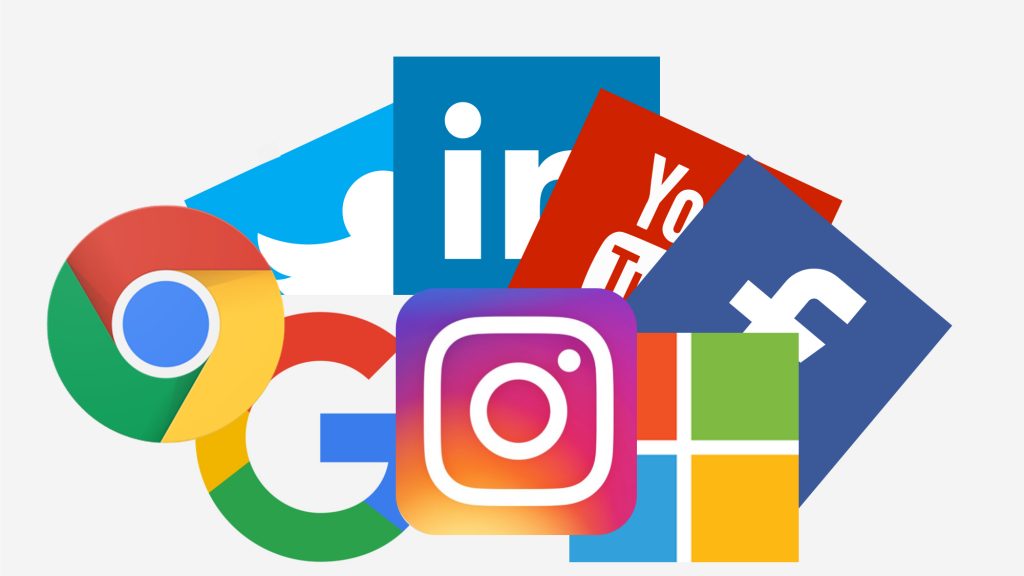
img source: thetecexec.com.au
Since social media has become a part of our lives, it is also commonly implemented in learning. Both teachers and students make use of social networks as they provide multiple ways to collaborate and manage the educational process.
For example, Facebook is one of the most popular tools where teachers create pages or groups to post class updates, assignments, and students can always reach their peers or a teacher. Asking a question or discussing an issue is made easy even in remote mode. Another often used tool is broadcasting. Teachers can stream live lectures while students can write their comments and ask questions.
Social media is no longer a platform for chatting with friends and sharing photos, but it has already become a giant pool for businesses, media, and education.
Wrapping up
We are living in a time of great changes and leaps. We are lucky to have all these technologies and use them in so many spheres of our life. Education has become more interesting and accessible. Although any high-tech tool can’t learn for you and you still have to make efforts to be educated, it is much more pleasant to do it with so many helpers.





